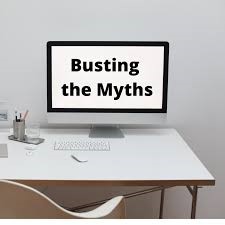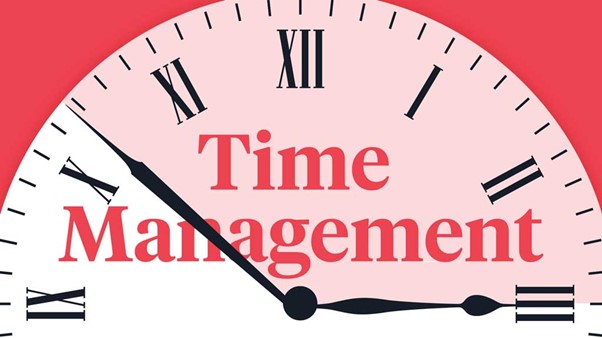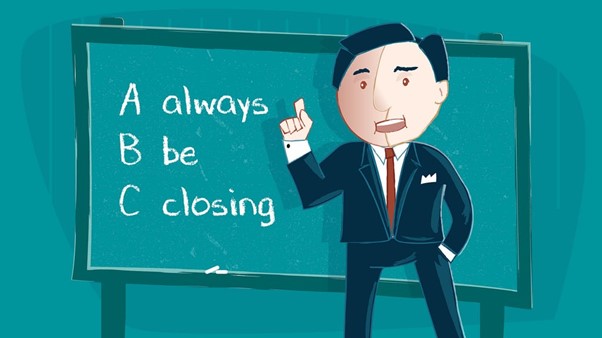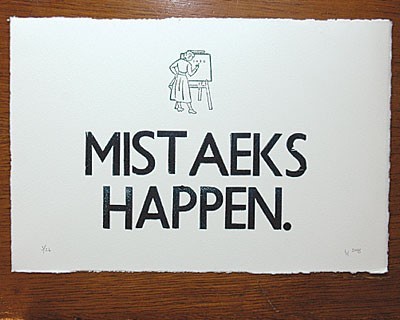Sales is an ever-evolving and changing profession, yet at KONA, we come across many salespeople and sales managers who still hold onto outdated beliefs that are actually hurting their bottom line. These sales myths not only prevent growth but also lead to lost deals, frustrated customers, and even declining revenue. We will debunk some of the most damaging sales myths and discuss how to fix them.

Myth #1: “The More Calls You Make, the More Sales You Close”
The Truth: While quantity matters, quality matters more. A high volume of calls with no strategy leads to wasted effort and burnout.
The Fix: Instead of blindly dialling numbers, focus on targeted outreach.
- Research your prospects
- Personalise your approach
- Prioritize high-value leads
Quality conversations ultimately drive conversions.
Myth #2: “A Great Salesperson Can Sell Anything to Anyone”
The Truth: The best salespeople understand that not every prospect is a good fit. Trying to sell to everyone leads to high churn rates and dissatisfied customers.
The Fix: Qualify your leads carefully. Focus on prospects who genuinely need your product or service, and tailor your pitch to their specific pain points.
Myth #3: “People Buy on Price Alone”
The Truth: While price is typically a major factor, most buying decisions are based on perceived value, trust, and emotional connection. Competing solely on price is a race to the bottom.
The Fix: Emphasize the unique value and benefits of your offering. Build strong relationships, provide solutions, and position yourself not as a price-driven vendor, but as a trusted advisor.

Myth #4: “The Harder You Push, the More Likely You Are to Close”
The Truth: High-pressure tactics can backfire, creating resistance instead of trust. Buyers today are more informed and value transparency over aggression.
The Fix: Shift from a pushy approach to a consultative one. Ask questions, listen to your prospect’s needs, and offer solutions that align with their goals.
Myth #5: “Follow-Ups Are Annoying”
The Truth: Many salespeople fear follow-ups, assuming they will irritate prospects. In reality, most deals are lost simply because follow-ups don’t happen.
The Fix: Follow up consistently and add value each time. Use a mix of calls, emails, and social media to stay top of mind.
- Provide additional insights
- Answer questions
- Offer helpful resources to keep the conversation going
Myth #6: “If a Prospect Says No, It’s Over”
The Truth: A ‘no’ often means ‘not right now.’ Timing plays a huge role in sales, and persistence pays off.
The Fix: Keep the relationship alive. Stay in touch through regular check-ins, industry updates, and valuable content. This way, when the time is right, they’ll remember you.
Myth #7: “Sales Is About Talking, Not Listening”
The Truth: Sales isn’t about pitching nonstop—it’s about understanding the prospect’s needs and offering the right solution.
The Fix: Practice active listening. Ask open-ended questions and take the time to understand your prospect’s challenges. The more you listen, the better you can position your solution.

At KONA, we know that sales success is built on adaptability, strategy, and a deep understanding of customer needs. By letting go of these common myths and focusing on smarter, customer-centric approaches, you can close more deals, increase revenue, and build stronger, long-term relationships. Which of these sales myths have you encountered in your career?
To find out why KONA’s sales training processes are preferred over more traditional sales training methodologies (such as the Miller Heiman sales process) – read more here. Or, to read more about mistakes you could be making in Sales, click here.
Contact KONA today to discuss a tailored Sales Training Program for your Sales Team.
Call 1300 611 288 or email info@kona.com.au













































































































